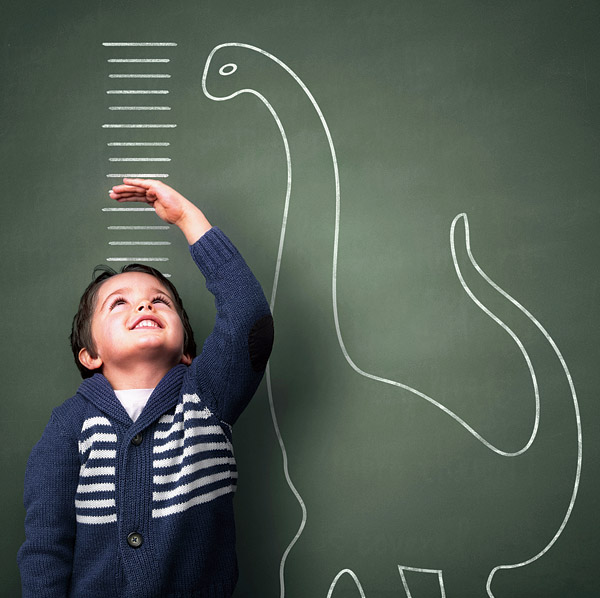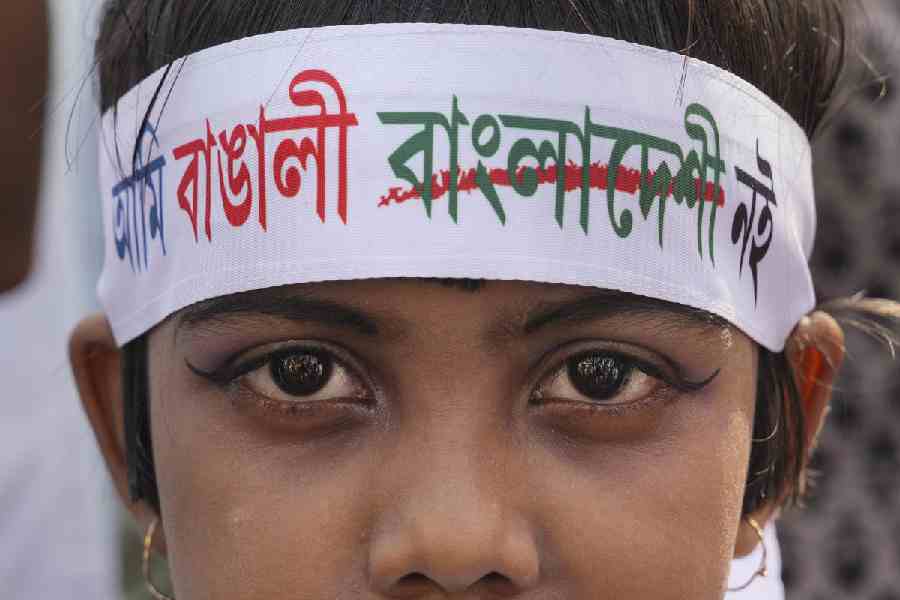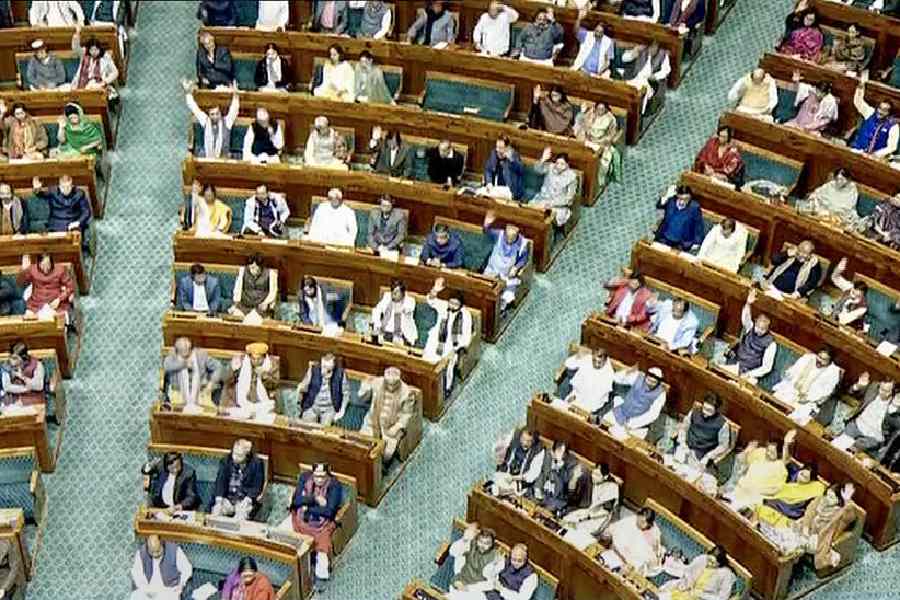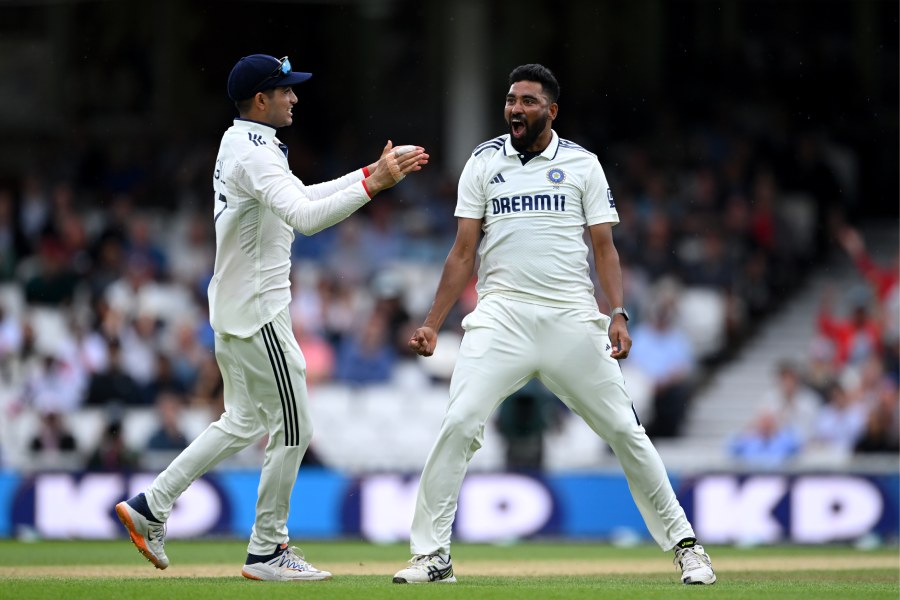
Nine-year-old Aadrish Roy Barman is nearly five feet tall. In his case it is a clear case of genetics (his father is six feet tall), but according to the Indian Indian Academy of Pediatrics (IAP), the average height of Indian children is increasing. This means that the next generation of Indians will on an average be taller. This has been attributed to an increase in nutritive foods and a general improvement in living conditions.
“I do notice taller children over the past few years. Even those whose parents are not that tall are growing considerably in height,” says Seema Sapru, principal of Heritage High School in Calcutta.
The IAP report, which gives comparative data on height and weight from recent studies in China, Saudi Arabia and the World Health Organisation, clearly reveals that Indian children are growing almost on a par with Chinese and Saudi Arabian children but are still shorter and lighter than their Caucasian counterparts. The new insight is now being used by the IAP to develop a growth chart for Indian children.
“Indian children are definitely getting taller. The same pattern has been seen consistently in many European countries, most notably The Netherlands, where heights have been increasing for well over 100 years. They now believe that heights there have finally stopped rising. The increase is partly due to parents being taller, so their children are correspondingly taller too. It’s an intergenerational pattern,” says Tim Cole, professor of medical statistics at University College London Institute of Child Health, and a veteran in growth charts.
The new Indian growth chart may also help detect and prevent obesity in Indian children by creating a new Body Mass Index (BMI) chart that uses 23 and 27 adult equivalent percentiles for overweight and obesity respectively.
“The last IAP growth chart brought out in 2007 was based on data collected in 1989. Those are statistical percentiles, which are not specifically designed for Indian circumstances. The latest chart would help a paediatrician to detect obesity in Indian children more accurately,” says Dr Vaman Khadilkar, paediatric and adolescent endocrinologist, Bombay Hospital, Mumbai, who is also the convenor for the current Growth Chart Committee of IAP.
If a child is 15 years old, his ideal height and weight should be in the range of 148-179.7 cm and 34.5-83.1 kg, respectively. Any thing below or above that would be considered abnormal. But that alone would not be of any use to detect obesity. That’s when the BMI chart is of use.
“The moment a paediatrician senses something unusual, he can check the BMI and take necessary steps,” says Dr Khadilkar.
“A new chart, besides showing how much taller and heavier children have become, is also useful for doctors who treat growth disorders like growth hormone deficiency, as they get a better idea which children need to be treated,” says professor Cole.
The IAP report states that while there are several recent reports on growth data of affluent children, both multicentric as well as regional, there is no unified chart. Also, given the growing problem of childhood obesity in urban India, there is a risk of “normalising” obese children if growth charts are prepared on these contemporary data sets.
After a study of 33,991 children across 14 cities, the IAP came out with growth charts, which are contemporary and have good national representations of current growth pattern of children. These charts are used as a standard to determine the ideal height and weight of children, and to detect malnutrition.
The chart shows that the height of an 18-year-old boy increased by 2.8cm between 1989 and 2014. That of girls, however, shot up by 1cm. What is more, 18-year-old boys have increased in weight by 7- 10 kilograms, whereas girls’ average weight increased only by five kilograms.
“This difference in growth between boys and girls sadly reflects gender bias in our society,” Dr Khadilkar points out.
Currently, doctors refer to the charts of the WHO to track children’s growth. “We observed that when we referred to the WHO charts, Indian children were often smaller, but their BMIs were preserved. So, they were not necessarily malnutritioned. This new chart is more India-specific and gives detailed readings relevant to Indian children,” says Dr Monidipa Banerjee, clinical director of the paediatric department at Peerless Hospital, and a member of IAP’s current growth chart committee.
Paediatricians have hailed the new chart unanimously. “The new chart is definitely more detailed, finer and can be applied over a wide number of children. The only problem is that very few doctors may use this chart because of workload,” says Dr Apurba Ghosh, director, Institute of Child Health, Calcutta.
The IAP is also thinking of giving a pharmaceutical company the responsibility of developing a growth chart app. Once downloaded on your mobile, you can track health issues of your child by just keying in his age, weight and height. “We have received several applications from pharmaceutical companies and are in the process of selecting one. If things go right, it will be there in the market in the next three to four months,” says Dr Khadilkar.
So, would the growth chart be able to arrest obesity in children?
“Not much. It will show just how fat children are, which may be alarming, and trigger centralised action to counter obesity. But it is not easy to treat and requires major societal changes, as well as changes to individual lifestyles,” feels Cole.











